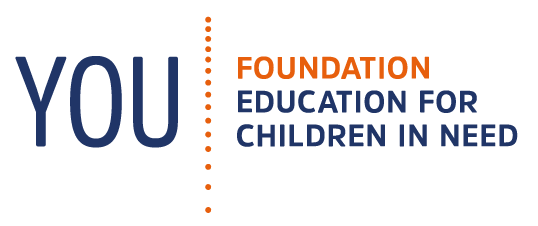Three Pillars of Hope for Children Worldwide
Since 2015, the educational project “100 Years ZF – 100 Schools” has been supported in 10 countries. Children that otherwise would not have access to high quality education have three building blocks that make learning possible.
Thirty-five Low Cost Private Schools (LCPS): 10 in Sierra Leone, 15 in Bangladesh and 10 clusters in India (with sixty centers).
Improved quality in seventy schools (20 in China, 20 in Mexico, 10 in Nepal, 10 in Peru und 10 in the Philippines) through teacher trainings, better curriculum, and available appropriate learning materials.
More than 4,300 students in remote regions in forty-seven schools in Zambia and fifty-three schools in South Africa received bicycles to reach their schools that are located kilometers far away and were allowed to use the bicycles as a means of transportation.
Worldwide, there are still 72 million children that are unable to attend school. Particularly impacted are poor regions in slums or remote locations. Public schools are too far away or do not offer high quality educational programs with well thought out curriculums. Children and adolescents leave school without age appropriate cognitive development or a sound education. As a result, these young people are left behind on the employment market. Therefore, it is especially important to ensure high quality learning programs that establish steadfast competition and create equal opportunities.
Through low cost private schools (LCPS) for qualitative and inclusive education and teacher training, this large and outstanding project, that supports very poor regions worldwide, has established a fundamental educational infrastructure in certain areas:
In 2019, the LCPS project in Bangladesh continues to deliver with 15 schools instead of the planned 10. This is five more schools than originally planned. In Bangladesh alone, 2,011 students and 101 teachers profited from the controlled private schools for the poor. With a rate of 49% of students, an almost gender equal environment exists.
Another aspect of the private schools for the poor is that they indirectly put pressure on other private and public schools and the respective ministers of education to provide long term access to more students to high quality and inclusive education as well as improved curriculums.
The projects in the other locations were successfully completed in 2017 and 2018.
In total, thanks to this important project 30,530 children profited from high quality educational programs with 2, 337 teachers trained and deployed, and many other individuals employed.





